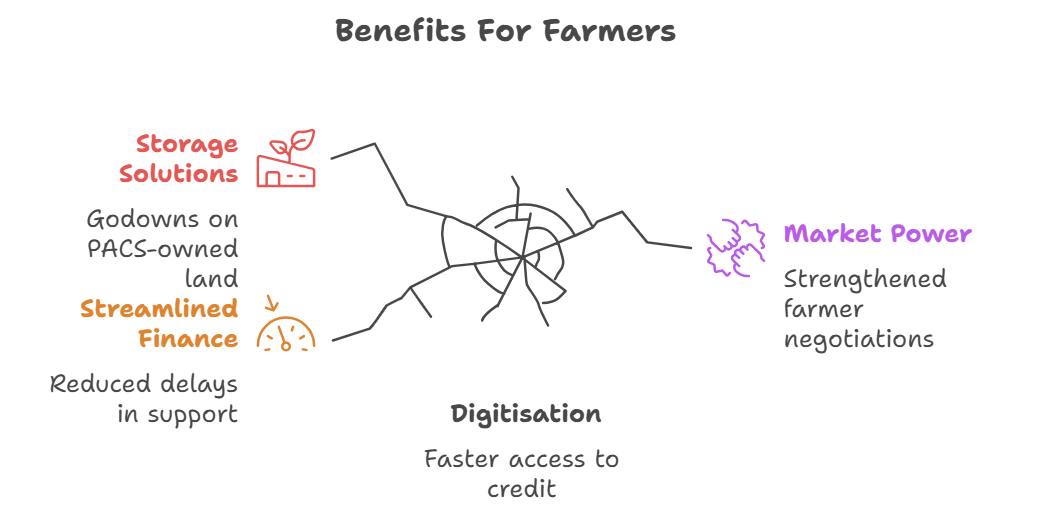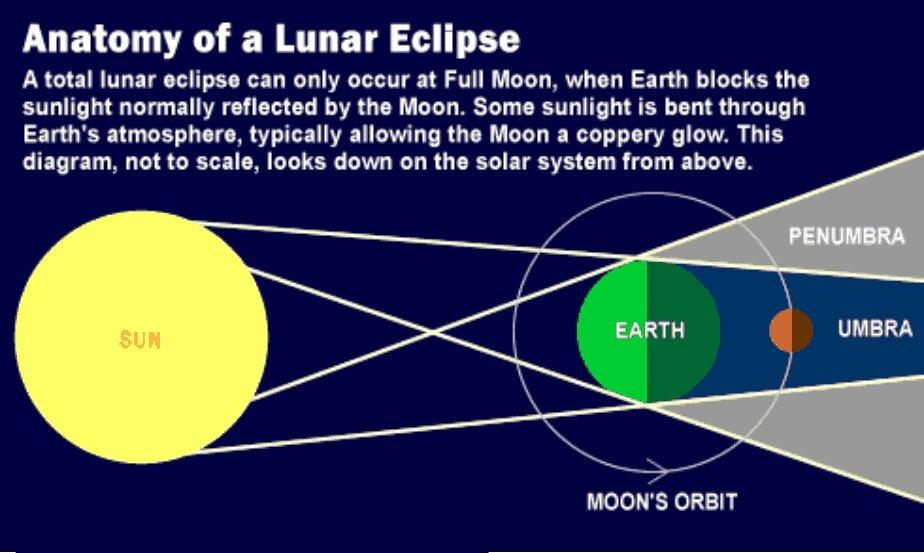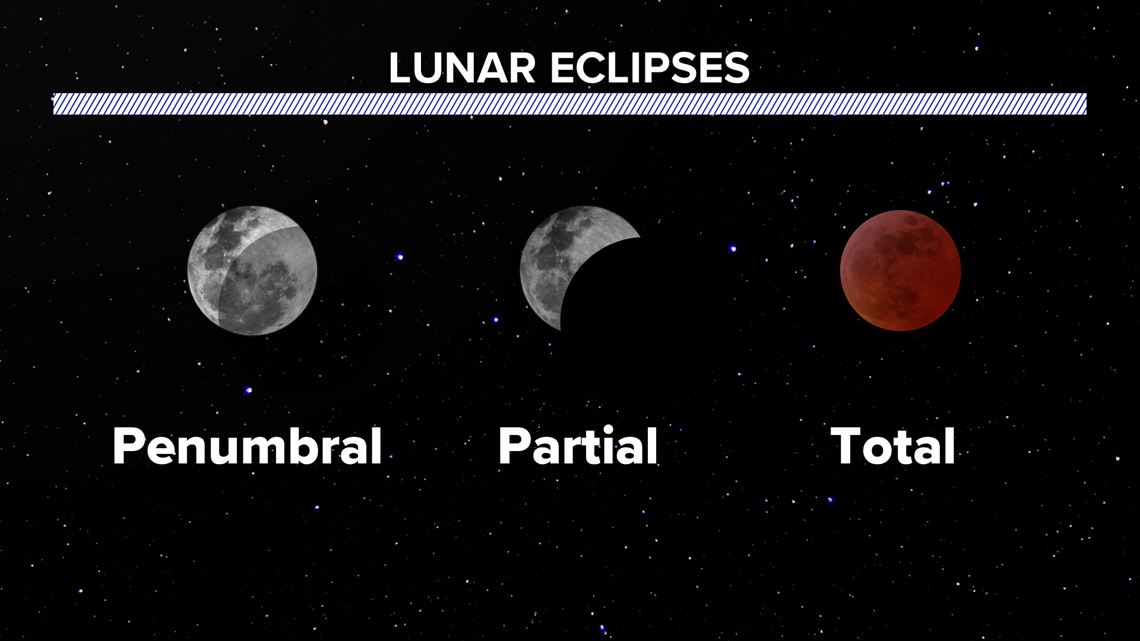Jharkhand Switch to Hindi
NABARD to Digitise PACS in Jharkhand
Why in News?
The National Bank for Agriculture and Rural Development (NABARD) has announced that it will computerise 1,297 Primary Agriculture Credit Societies (PACS) in the state as part of the second phase of its digitisation drive.
Key Points
- Background: The Ministry of Co-operation’s Centrally Sponsored Project on Computerisation is working to transform PACS into hubs of economic and social activities in rural areas.
- The state has a total of 4,454 PACS, which act as grassroots-level cooperative credit institutions serving rural communities.
- In the first phase of the project, NABARD successfully computerised 1,500 PACS.
- Features of Computerised PACS: The modernised PACS are being equipped with both hardware and specialised software, ensuring integration with the national grid.
- This will enable them to provide a wide range of services, including:
- Implementation of government schemes such as the Pradhan Mantri Fasal Bima Yojana (PMFBY) and direct benefit transfers.
- Distribution of agricultural inputs like fertilizers and seeds.
- Operation of Jan Aushadhi Kendras, petrol and gas dealerships, and customer service centers.
- Establishment of rural godowns for storing agricultural produce.
- This will enable them to provide a wide range of services, including:
- NABARD’s Role: NABARD has set up a ₹100 crore fund under the Rural Infrastructure Development Fund (RIDF) to aid the construction of storage facilities and related infrastructure.
- As the nodal agency for PACS computerisation, NABARD is also responsible for:
- Training staff in using the new digital systems.
- Providing ongoing technical support.
- Facilitating infrastructure development.
- As the nodal agency for PACS computerisation, NABARD is also responsible for:
National Bank for Agriculture and Rural Development (NABARD)
- NABARD is a development bank that primarily focuses on the rural areas of the country. It is the apex banking institution for providing finance for agriculture and rural development.
- It is a statutory body established in the year 1982 under the National Bank for Agriculture and Rural Development Act, 1981.
- Its headquarters is located in Mumbai, the financial capital of the country.
- Apart from agriculture, it is responsible for the development of small industries, cottage industries, and rural projects.
Primary Agricultural Credit Societies (PACS)
- They are basically credit societies that are registered under the Cooperative Societies Act of the State concerned.
- PACS are grassroots-level cooperative credit institutions that provide farmers with affordable loans, banking services, and agricultural support.
- They form the base of India’s three-tier cooperative credit structure, along with District Central Cooperative Banks (DCCBs) and State Cooperative Banks (SCBs).
- Out of 1.08 lakh PACS, around 63,000 are in the advanced stages of computerisation, with the government aiming to fully digitise 80,000 of them.
National Current Affairs Switch to Hindi
India Lifts Men’s Hockey Asia Cup 2025
Why in News?
The Indian men’s hockey team defeated South Korea 4-1 in the final of the Hockey Asia Cup at the Rajgir Sports Complex, Bihar, on 7th September 2025.
- With this, India ended an eight-year wait to regain the continental title and also qualified for the International Hockey Federation (FIH) Men’s Hockey World Cup 2026 (Netherlands & Belgium).
Key Points
- About: This was India’s 9th appearance in the final, the most by any team.
- Hockey India announced ₹3 lakh each for players and ₹1.5 lakh for support staff.
- India last won the Asia Cup in 2017 (Dhaka).
- Tournament Standings:
- Champion: India (4th Asia Cup title)
- Runner-up: South Korea (record 5 titles overall)
- Third Place: Malaysia beat China 4-1
- Fifth Place: Japan beat Bangladesh 6-1
- Past Winners:
- South Korea: 5 titles (1994, 1999, 2009, 2013, 2022)
- India: 4 titles (2003, 2007, 2017, 2025)
- Pakistan: 3 titles (1982, 1985, 1989)
Read More: 12th Men's Asia Cup Hockey Championship
National Current Affairs Switch to Hindi
US Open 2025 Winners
Why in News?
The 2025 US Open, held at the USTA Billie Jean King National Tennis Center in New York from 18th August to 7th September 2025, concluded with major victories in singles and doubles categories.
- The US Open 2025 had a record prize money of $5 million for each singles champion, matching both men’s and women’s categories.
Key Points
- Men’s Singles Champion: Carlos Alcaraz (Spain) defeated Jannik Sinner (Italy), earning his second US Open and sixth Grand Slam title overall.
- Women’s Singles Champion: Aryna Sabalenka (Belarus) triumphed over Amanda Anisimova (USA), defending her title and solidifying her position at the top of the WTA rankings.
- Men’s Doubles Champions: Marcel Granollers (Spain) and Horacio Zeballos (Argentina) clinched the title by defeating Joe Salisbury and Neal Skupski (United Kingdom) in the final.
- Women’s Doubles Champions: Gabriela Dabrowski (Canada) and Erin Routliffe (New Zealand) won against Kateřina Siniaková (Czech Republic) and Taylor Townsend (USA).
- Mixed Doubles Champions: Sara Errani and Andrea Vavassori (Italy) won the mixed doubles crown by defeating Iga Świątek (Poland) and Casper Ruud (Norway).
Grand Slam
- It refers to winning all 4 major tennis championships in the same calendar season - Australia, France, Britain (Wimbledon), and the US.
- This feat has been achieved 6 times by 5 different players.
- Don Budge is the first player to achieve the Grand Slam in tennis, winning all four major championships in a single year in 1938.
Uttar Pradesh Switch to Hindi
World’s First Ceramic Waste Park
Why in News?
Uttar Pradesh is set to inaugurate ‘Anokhi Duniya’, the world’s first-ever park built entirely from ceramic waste.
- Ceramic is an inorganic, non-metallic material made by shaping minerals like clay or oxides and firing them at high temperatures to form a hard, durable product.
Key Points
- About: Located in Khurja, famously known as the “ceramic capital” of the state, the park will open to the public by the end of September.
- Construction: Developed by the Bulandshahr-Khurja Development Authority (BKDA) on a Public-Private Partnership (PPP) model, the park spans 2 acres and has been built at a cost of ₹5.86 crore.
- The initiative exemplifies the transformation of waste into art, with over 80 tonnes of discarded ceramic items repurposed into creative installations.
- A team of six artists and 120 artisans worked meticulously to design nearly 100 ceramic artworks, including 28 large-scale installations. These installations, crafted from broken pitchers, cups, and kettles, have been styled in vibrant and eye-catching forms.
- Significance: This innovative project marks a milestone in sustainable development and cultural promotion, aligning with the state’s efforts to showcase traditional industries under the One District One Product (ODOP) initiative.
- It provides a unique showcase of Khurja’s craftsmanship while giving the region’s ceramic heritage a distinct global identity.
National Current Affairs Switch to Hindi
International Literacy Day (ILD) 2025
Why in News?
On 8th September 2025, the world will observe International Literacy Day, highlighting the power of reading and writing as tools for human progress and change.
Key Points
- About: The roots of ILD trace back to the 1965 World Conference of Ministers of Education on the Eradication of Illiteracy in Tehran, Iran, which sparked the idea of a day dedicated to promoting literacy globally.
- International Literacy Day, proclaimed by UNESCO in 1966 and first observed on 8th September 1967, has since been celebrated annually as a global reminder of the transformative power of literacy.
- Theme 2025: This year’s ILD focuses on “Promoting literacy in the digital era.”
- Digital literacy is the ability to access, evaluate, create, and communicate content online, enabling critical thinking, discerning credible information, and safely navigating complex digital environments, making it an essential skill today.
Literacy
- The National Sample Survey (NSS) defines literacy as the ability to read, write, and understand a simple message in any language.
- The term “universal” generally implies full or near-complete coverage, typically close to 100%.
- As per UNESCO, literacy extends beyond reading, writing, and counting; it's a continuous skillset involving identification, understanding, and communication, expanding to digital, media, and job-specific skills in our fast-changing, information-rich world.
- Government Strategies to Enhance Literacy:
National Current Affairs Switch to Hindi
Blood Moon
Why in News?
On 8th September 2025, skywatchers across Asia, Australia, and parts of Africa witnessed a spectacular Blood Moon—a total lunar eclipse where Earth’s shadow turned the Moon deep red.
- It was the year’s second total lunar eclipse after March 2025, lasting over five hours with 82 minutes of totality, and building anticipation for the August 2026 solar eclipse.
- Unlike a solar eclipse, lunar eclipses are safe to view with the naked eye.
Key Points
- Lunar Eclipse: A lunar eclipse occurs when the Sun, Earth, and Moon align in a straight line, with Earth positioned in the middle. This blocks sunlight from directly reaching the Moon.
- Total Lunar Eclipse: When the Moon passes through the Earth’s inner, darkest shadow (umbra), it appears deeply shaded or red.
- Partial Eclipse: When only part of the Moon passes through the umbra.
- Penumbral Eclipse: When the Moon enters only the outer shadow (penumbra), the dimming is subtle and often hard to notice.
- “Blood Moon” Effect: The “Blood Moon” effect happens because Earth’s atmosphere filters sunlight before it reaches the Moon. When light passes through our atmosphere:
- Blue light scatters easily (this is why our sky looks blue).
- Red light bends around Earth and reaches the Moon, causing it to glow red or coppery during a total eclipse.
- A bright red Moon suggests clearer air with fewer pollutants.
- A deeper red Moon signals more dust, ash, or pollution in the air, reflecting the condition of Earth’s atmosphere.
- Correlation: The phenomenon behind the Blood Moon is the same process that colours the sky and sunsets: Rayleigh scattering, first explained by physicist John William Strutt, 3rd Baron Rayleigh.
- Daytime Sky: Short-wavelength blue light scatters in all directions, making the sky appear blue.
- Sunrise & Sunset: Sunlight passes through thicker layers of atmosphere, scattering away blue light. What remains are long wavelengths — red, orange, and yellow.
- During a lunar eclipse, the Moon is essentially bathed in all the world’s sunsets at once, projected through Earth’s atmosphere.

.gif)
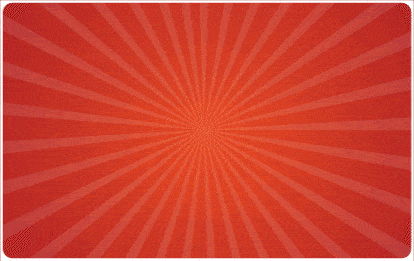
.png)





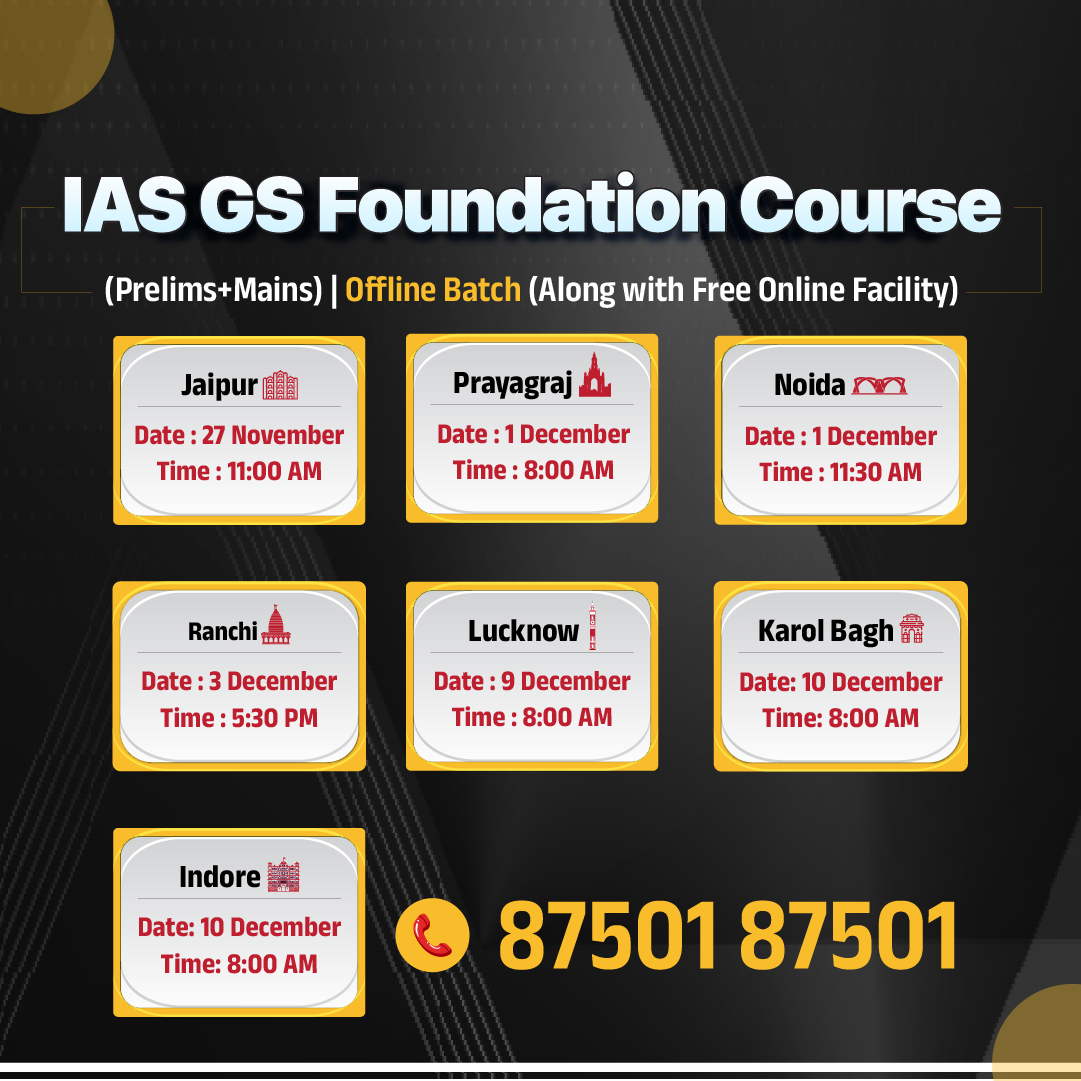



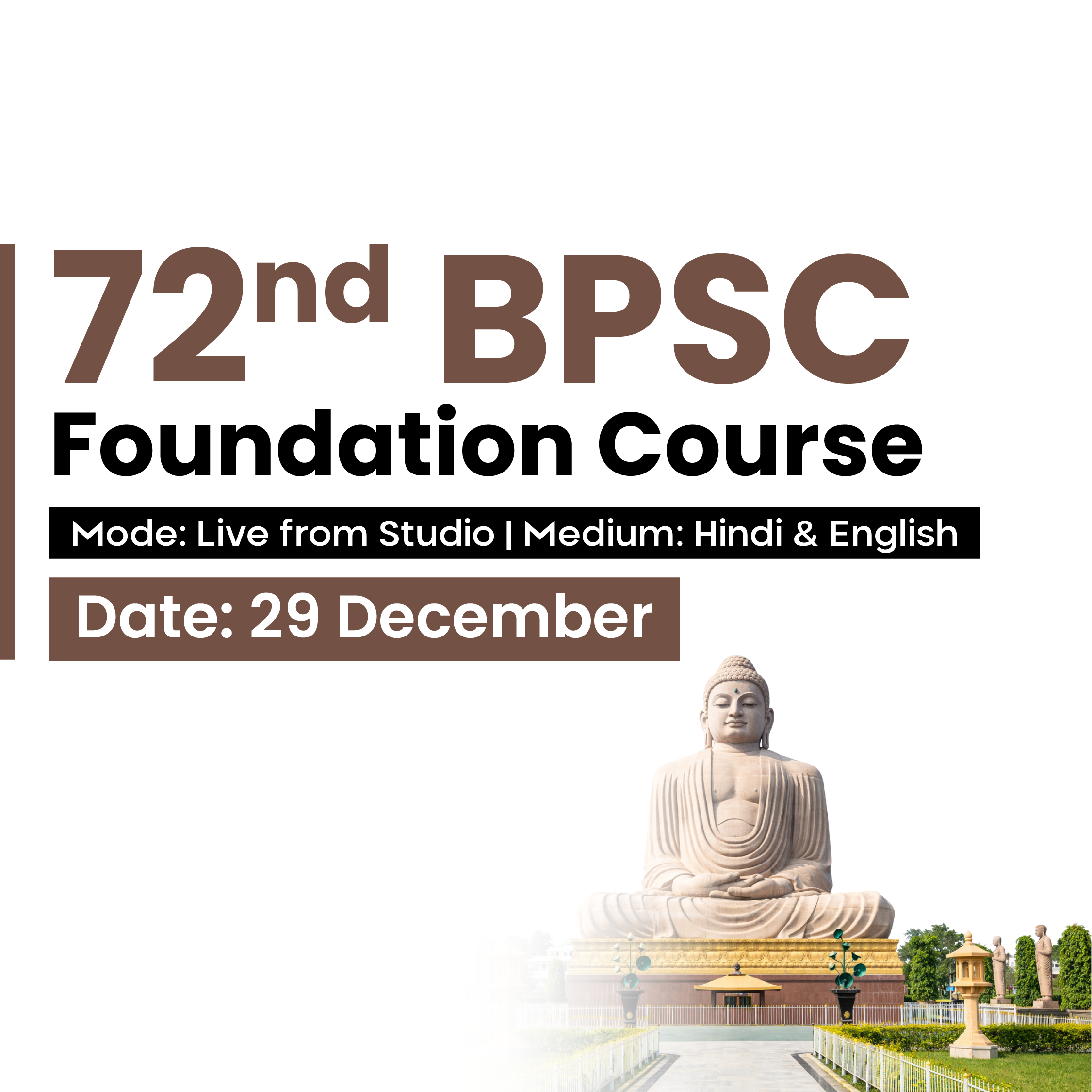

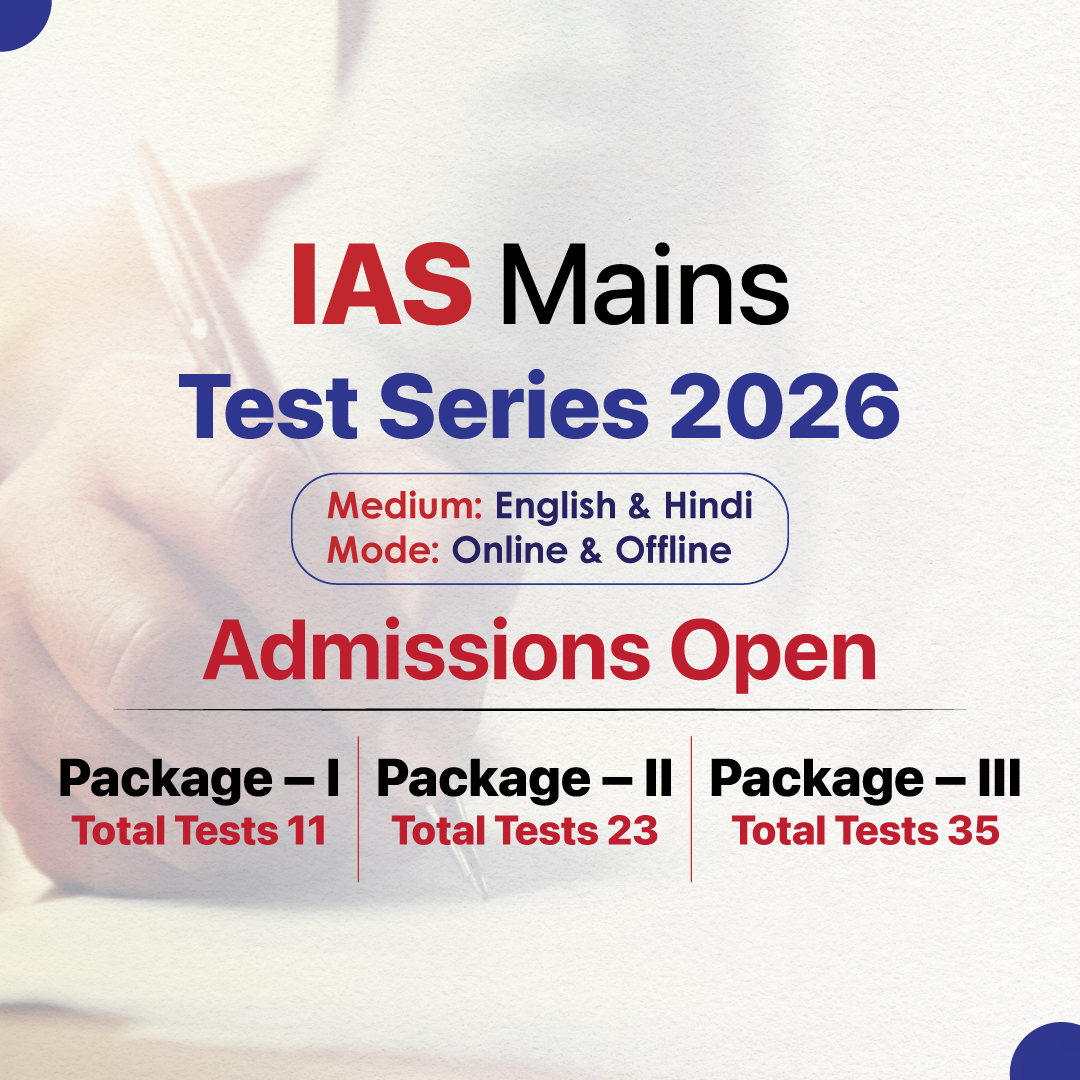

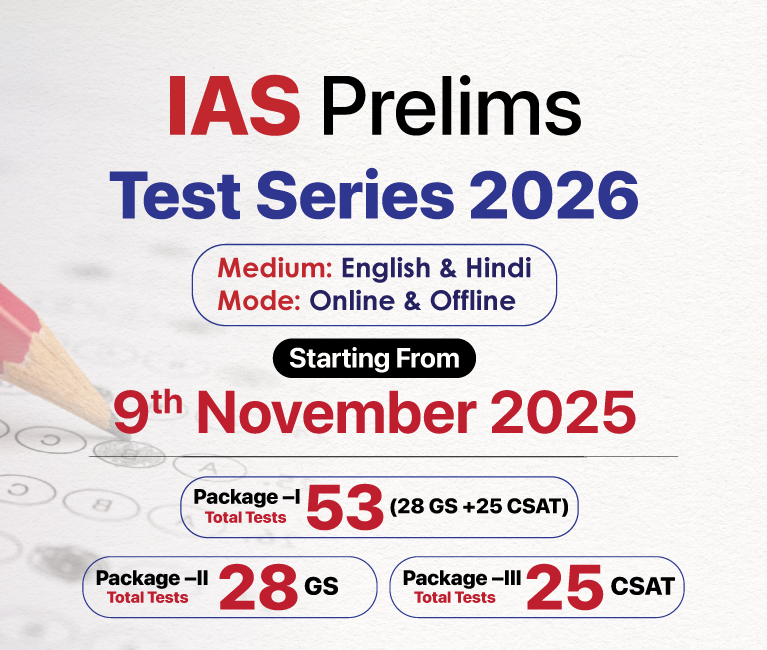

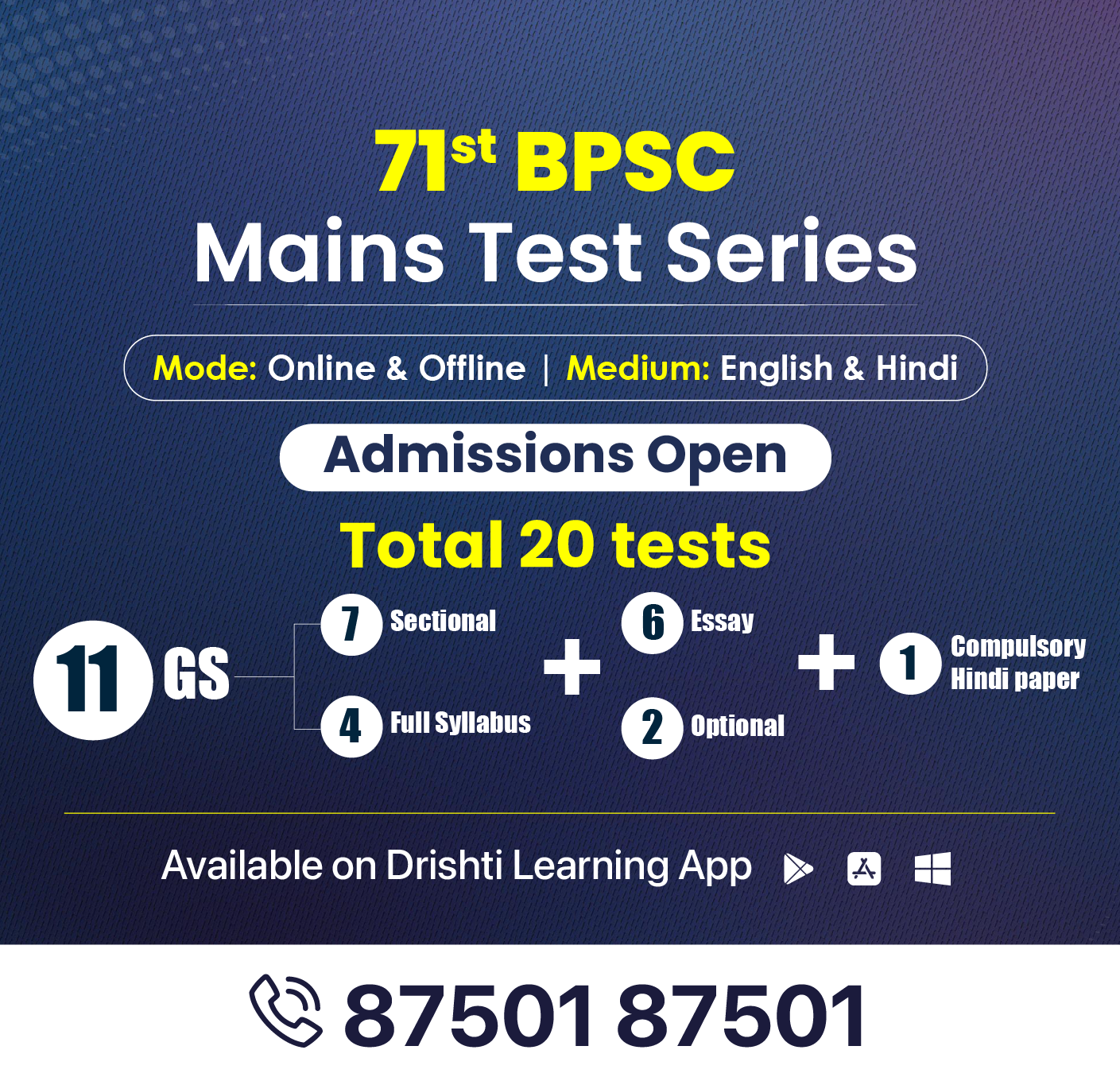
.png)


.jpg)

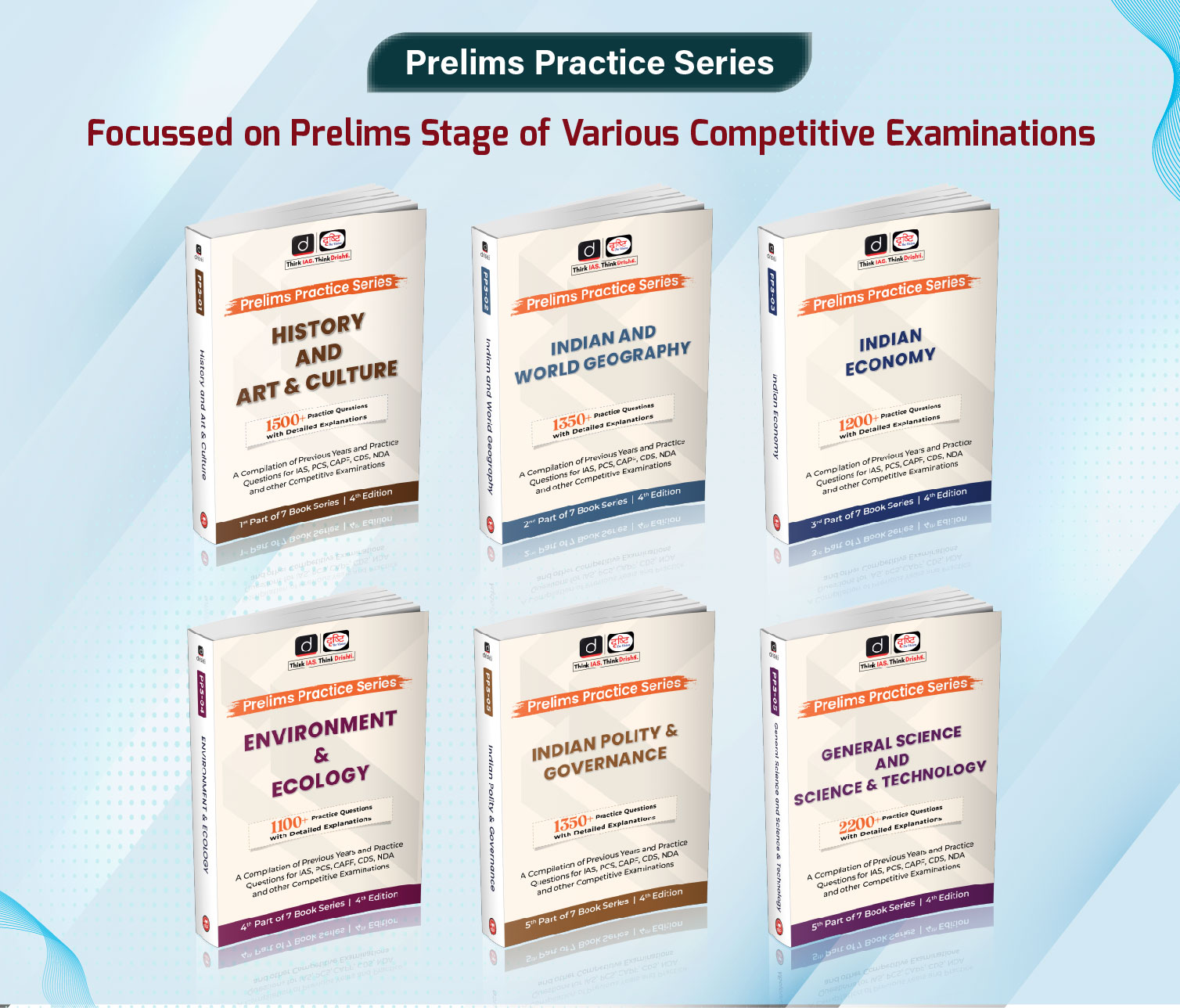

 PCS Parikshan
PCS Parikshan